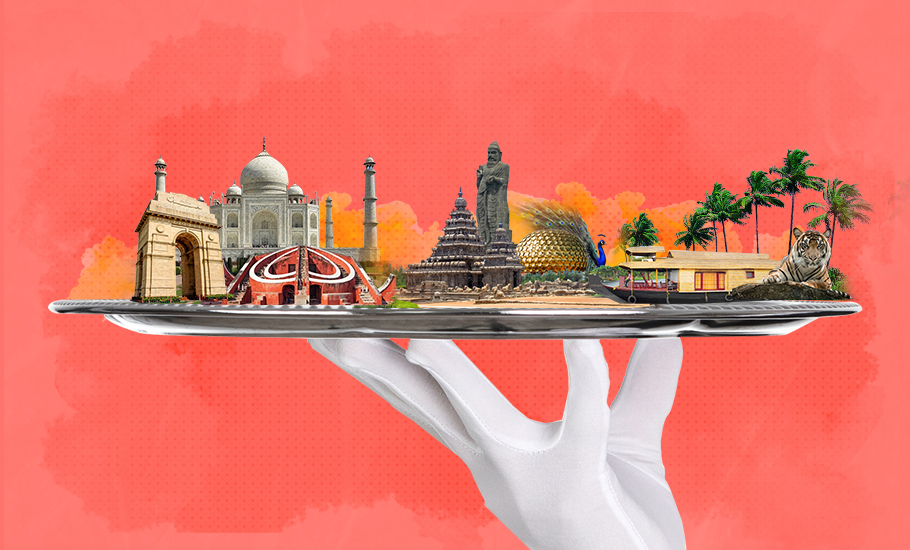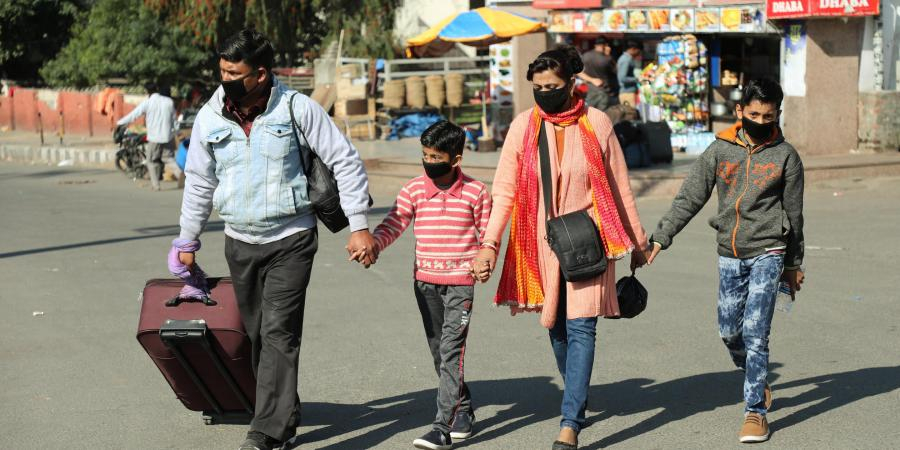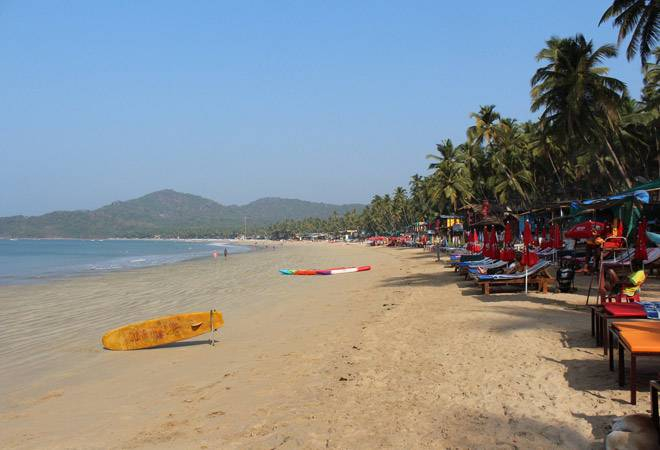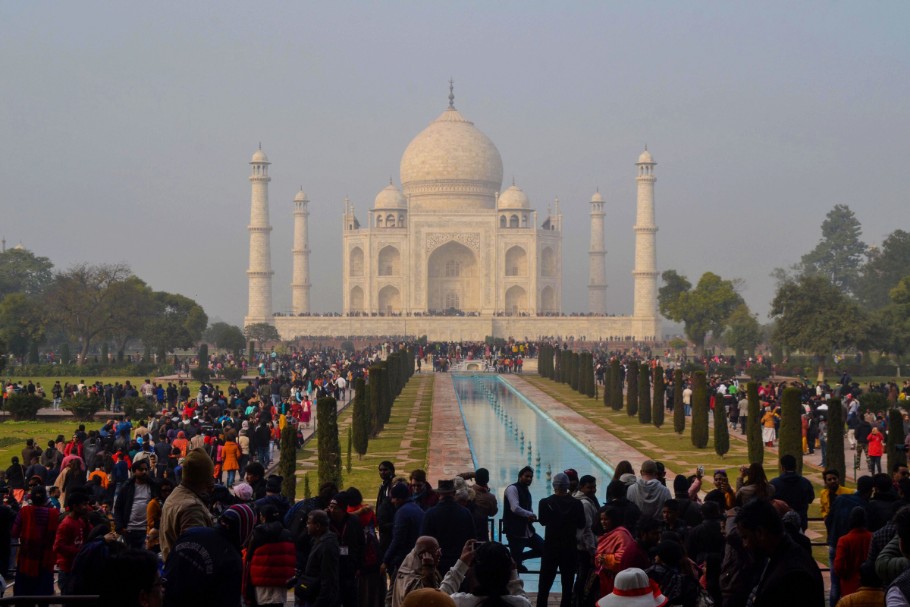
- Home
- India
- World
- Premium
- THE FEDERAL SPECIAL
- Analysis
- States
- Perspective
- Videos
- Sports
- Education
- Entertainment
- Elections
- Features
- Health
- Business
- Series
- In memoriam: Sheikh Mujibur Rahman
- Bishnoi's Men
- NEET TANGLE
- Economy Series
- Earth Day
- Kashmir’s Frozen Turbulence
- India@75
- The legend of Ramjanmabhoomi
- Liberalisation@30
- How to tame a dragon
- Celebrating biodiversity
- Farm Matters
- 50 days of solitude
- Bringing Migrants Home
- Budget 2020
- Jharkhand Votes
- The Federal Investigates
- The Federal Impact
- Vanishing Sand
- Gandhi @ 150
- Andhra Today
- Field report
- Operation Gulmarg
- Pandemic @1 Mn in India
- The Federal Year-End
- The Zero Year
- Science
- Brand studio
- Newsletter
- Elections 2024
- Events
- Home
- IndiaIndia
- World
- Analysis
- StatesStates
- PerspectivePerspective
- VideosVideos
- Sports
- Education
- Entertainment
- ElectionsElections
- Features
- Health
- BusinessBusiness
- Premium
- Loading...
Premium - Events

Travelling to normalcy: It’s one small trip at a time
As governments and the industry look to revive tourism, a survey has revealed that 75 per cent of the respondents were concerned about health and safety.

Over the past couple of weeks, Anant Shinde from Mumbai has been looking for a place to unwind along the beaches of Goa. Investment professional Deepak Shenoy took a weekend trip from Bangalore to Mysore last week. At the other end of the bargain, Mangalore-based travel agent Vishwas Kulal has been eagerly awaiting domestic travellers ever since the Karnataka government removed...
Over the past couple of weeks, Anant Shinde from Mumbai has been looking for a place to unwind along the beaches of Goa.
Investment professional Deepak Shenoy took a weekend trip from Bangalore to Mysore last week.
At the other end of the bargain, Mangalore-based travel agent Vishwas Kulal has been eagerly awaiting domestic travellers ever since the Karnataka government removed travel restrictions on August 24. Pintu Das, a tour guide in Siliguri, says he’s getting calls from potential customers from Kolkata enquiring about travel packages during Durga puja (October).
Having stayed inside their houses for long in the wake of COVID-19 outbreak and the ensuing lockdown, some people are ready to travel again, albeit with caution. And with governments gradually easing restrictions on inter-state movement, the travel and tourism business is hoping to reboot.
“Although the states are easing the COVID-induced restrictions, inter-state travel hasn’t picked pace. We see only domestic travellers, those living in the range 100-200km, showing interest. In Karnataka, to an extent, Mysore, Madikeri and Dandeli are seeing at least a handful of customers,” says Kulal of Season Tour and Travels.
“Most of these travellers are families and bikers. The corporate crowd is still missing. One reason could be that transportation services are yet to resume.”
The days of waiting are over, and Karnataka is ready to welcome you back with open arms! Start building your itinerary, because it's time to kick off on some adventures!?#NammaKarnataka #Tourism #KarnatakaDiaries #TravelKarnataka #Monsoon #Explore #KarnatakaNodu #WeNeverLeft pic.twitter.com/l7rAPy40jZ
— Karnataka Tourism (@KarnatakaWorld) August 20, 2020
Similarly, Pintu Das from Siliguri says while Darjeeling and Kalimpong may open by September 1 and Sikkim by October. If all goes well, he expects to see some tourists during Durga Puja.
Baby steps
With most companies having shifted their employees to working remotely (work-from-home) and mandating no travel unless necessary, business travel is unlikely to resume anytime soon. Also, with people moving back to their hometowns, domestic travel to far off destinations may still be far from sight. And with schools reopening around Diwali, even the family vacations may not come in easy. So travel companies are mostly eyeing those who are looking for short travel itineraries.
Most of the states are in the process of curating one- or two-night itineraries and weekend travel plans.
But even that seems difficult since many people are not yet ready to step out of their homes, let alone travel. “Many aren’t sure if it’s worth taking the risk, considering the ever-rising cases of Coronavirus,” says Das.
In such a scenario, there is very little that people like Das and Kulal can hope for.
States like Goa, Karnataka, Kerala and Uttarakhand and Himachal Pradesh — that have been hit harder than others because their economies are more dependent on tourism — are easing restrictions to encourage travellers. More states may follow suit starting September 1.
While uncertainty looms over international commercial flight services in India for travel and tourism, Dubai (UAE) has already reopened for international tourists from July. Thailand too seems well-prepared to restart tourism and leisure activities by October with a draft plan for relaxed norms for foreigners’ entry approved by the government.
In Nepal, the government decided to resume chartered and regular passenger flights from September 1. However, the officials claim only domestic travellers would be permitted.

Meeting halfway
Back in India, the Ministry of Tourism understands it well that revival in the sector will be largely dependent on domestic tourism. Rupinder Brar, additional director general, Ministry of Tourism, says the first step towards normalcy is to create a perception of safety among the travellers.
“The most significant enabler for times to come is the safety factor– people have to feel safe to travel. It must be a joint effort of not only the government institutions and travel associations, but the industry and citizens too.” Brar said this while addressing a webinar on ‘Future of Tourism Post COVID-19’, organised by the Federation of Indian Chambers of Commerce and Industry recently.
Considering the number of Covid-19 cases in their respective limits, states are following their own protocols related to the pandemic. The tourism and hospitality industry requested the government to streamline the processes so as to minimise hurdles for travellers.
“We are already in touch with various states and once we align travel rules to one or two common systems across the country, people will feel more inclined to travel,” says Brar.
So for now, domestic travel seems to be the focus.
This also means the tourism industry has to shed its earlier ‘preference’ for foreign visitors.
Popular destinations like Goa in the recent past have been in the news for looking down on the domestic tourists over “top-end” visitors from foreign countries.
Back in 2018, then Goa minister Vijai Sardesai snubbed the “north Indian tourist” as “scum of the earth” who wants to create “Haryana in Goa”.
He had even gone on to suggest making the “stay in Goa so expensive that only foreign tourists could afford to visit it”.
“Goa should become so expensive for the tourists that they should say ‘I should not come to Goa. It is not worth going to Goa’. Which tourist – Indian tourist.”

But despite this ‘dislike’ for domestic tourists, Goa, incidentally, had to do with more local visitors coming to the state in 2019 compared to ‘top-end’ foreign tourists. Around 80 percent of the tourists were domestic travellers. While Sardesai was not alone in his disgust for the domestic tourists, many locals involved in the hospitality business shared the sentiment because they, like Sardesai, believed that “Indians litter the beautiful beaches of the state”.
But there’s another big reason. “Indians mostly come two-three days whereas international tourists stay for at least 30-90 days. Besides, many would come on chartered flights and their spending — be it on food, liquor or shopping — was much more than Indian tourists,” says Ajesh of Golden Dreams beach huts in Patnem.
But with Coronavirus changing everything, Goa and the domestic tourists seem to be ready to meet halfway.
“It’s true that one (Indian tourist) doesn’t feel too welcomed in Goa. I have experienced it myself. From cabbies to hotel staff, everyone seems to be more than okay giving a cold shoulder to the Indian tourist and attending to the foreign visitors,” says Lucknow-based Chandana Singh.
Having said that, she adds, one can’t deny how irresponsibly Indians behave, especially when travelling within the country. “Most travellers lack civic sense and don’t mind littering the beaches or the hills of Himachal Pradesh and Uttarakhand. We Indians are loud and uncouth, but that includes Goans and their rudeness too.”
But that has to change now, she says. “If wanderlust is beckoning the young and restless Indians, the tourism sector too is dependent mostly on the local visitors. I hope this will also help both sides change their attitude.”
And most tourist-dependent states seem to be geared up for that and already making leeway for the domestic visitors.
Festive fervour and solo travellers
Kerala, which announced a ₹455-crore package earlier this week, said it would start welcoming domestic travellers from September, coinciding with the Onam celebrations.
The Karnataka government on Monday (August 24) announced that people travelling from other states to Karnataka shall neither be placed in mandatory quarantine for 14 days nor will they have to undergo any medical tests at the entry point. Besides, the travellers do not even have to register themselves on the Seva Sindhu portal for e-passes. The revised circular shall apply to all inter-state travellers, including businesspersons, students and labourers coming for work transit, irrespective of their purpose duration of stay in the state.
Those states, which are opening up for tourists are mandating that travellers carry a negative coronavirus test result (48 hours preceding the arrival) or be subject to a test on arrival.
In addition to providing hassle-free and safe travel plans, travel companies see a ray of hope in solo travellers.
Daniel D’Souza, president and country head, Leisure, SOTC Travel, feels more and more people are looking to beat the lockdown blues with outdoor and adventure activities. “Indian travellers are actively seeking different kinds of vacations.”

But the rebound may not come in immediately.
A survey conducted by Thomas Cook India and SOTC Holidays noted that even though people are struck by wanderlust, 75 per cent of the respondents said health and safety were overriding concerns.
“To ensure health and safety for travellers, we have associated with ICMR accredited labs across India to provide COVID test results in 24-48 hours. Besides, we have examined every customer touch point so as to help customers have a contactless and safe journey throughout,” D’Souza adds.
Over the past few months, several travel businesses had to shut shop while many motels started renting out to locals as residential accommodations.
For instance, Cosmo Annora, a three-star hotel in Bangalore that focussed on renting out to corporate customers and travellers, converted its rooms into small one-room kitchen studio apartments to rent out to locals on a monthly basis. The charges of ₹2,500 a day (₹75,000 on full occupancy) during normal times were reduced to ₹22,000-26,000 a month.
According to the Confederation of Indian Industry estimates, branded hotels, tour operators, travel agencies might be the worst hit from the organised sector in the industry with an estimated loss of around ₹1.58 lakh crore. The industry body in May said that major hotel chains were set to lose for March and April alone as much as ₹1.10 lakh crore, online travel agencies ₹4,312 crore, tour operators (inbound and domestic) ₹25,000 crore, adventure tour operators nearly ₹19,000 crore and cruise tourism ₹419 crore.
India’s tourism industry is expected to put up a loss of ₹5 lakh crore and result in 4-5 crore people losing jobs. This is about 70 per cent of the workforce engaged in the industry.
Take the case of picturesque Kashmir Valley surrounded by the snow-capped mountain peaks that normally received over a million tourists and pilgrims annually even with its uncertain political landscape. But it hasn’t attracted more than 18,000 tourists since last August despite government claims of normalcy following the abrogation of Article 370. With no signs of recovery, Kashmir’s tourism industry is in shambles, notwithstanding the blow dealt by the coronavirus.
The ‘helplessness’ over the tourism sector was evident in then Goa governor Satyapal Malik’s Independence Day speech earlier this month. “Every effort is being made by the government to revive the tourism sector,” said Malik, who was also J&K governor sometime back. “However, the fact is that it will only come back to its usual once the pandemic ends.”
